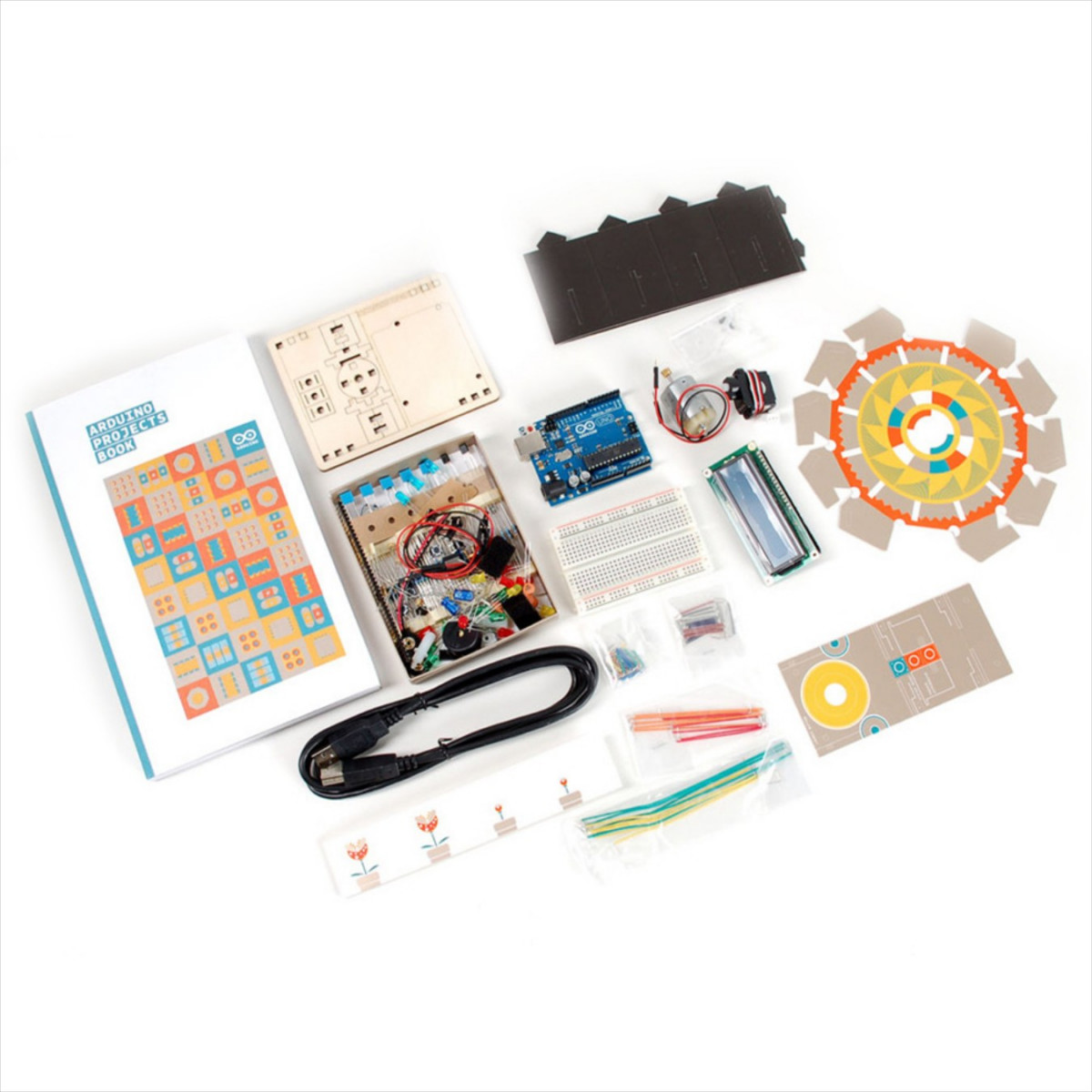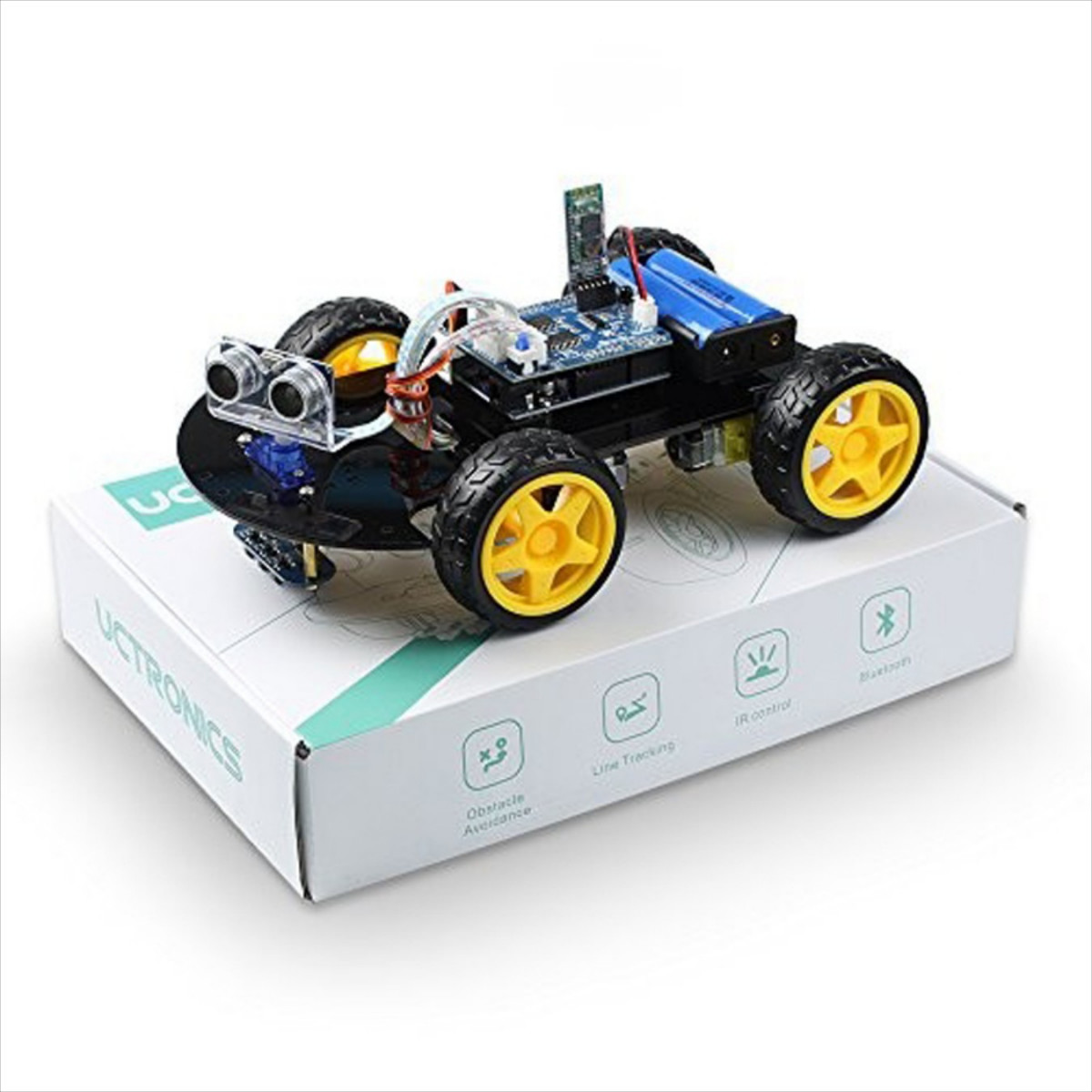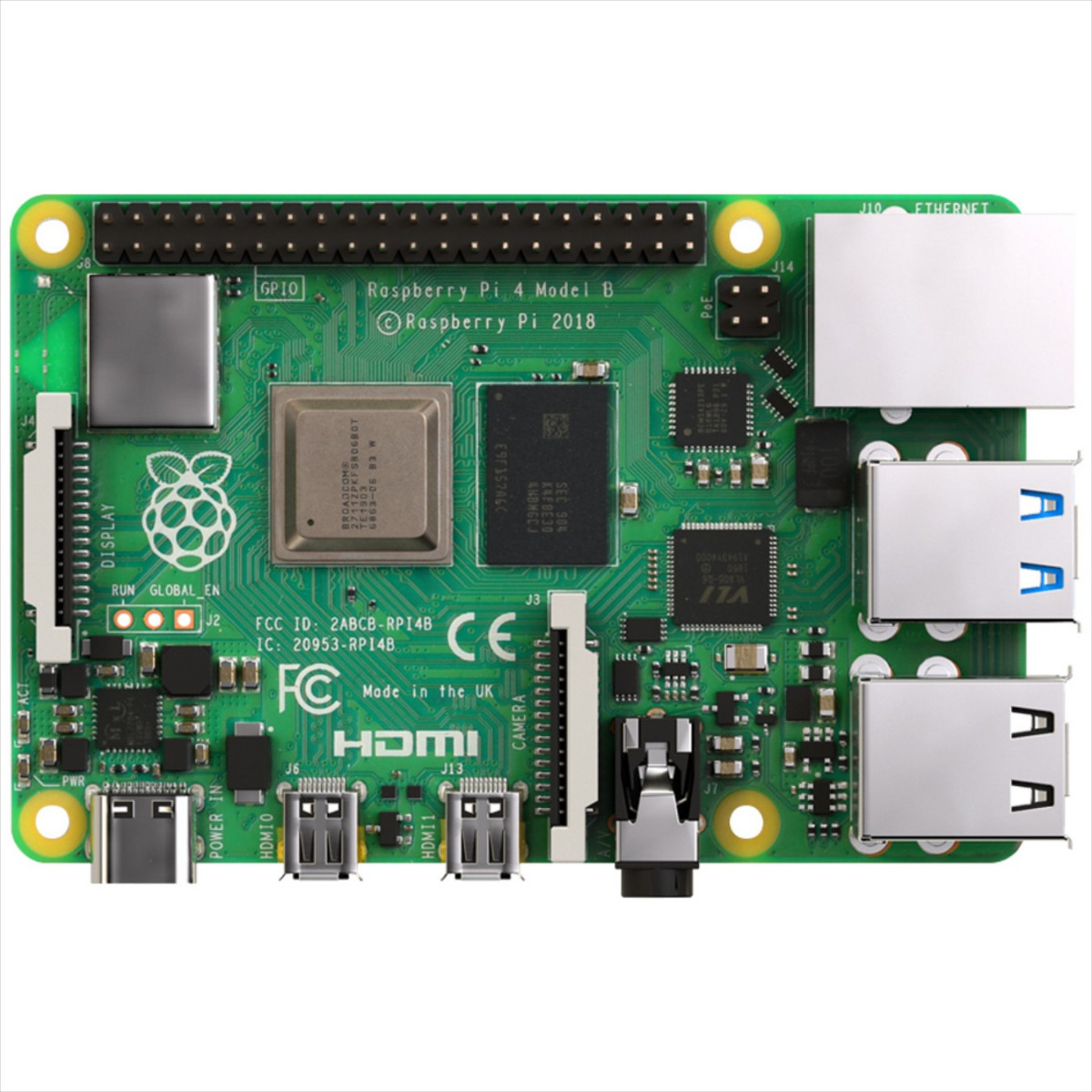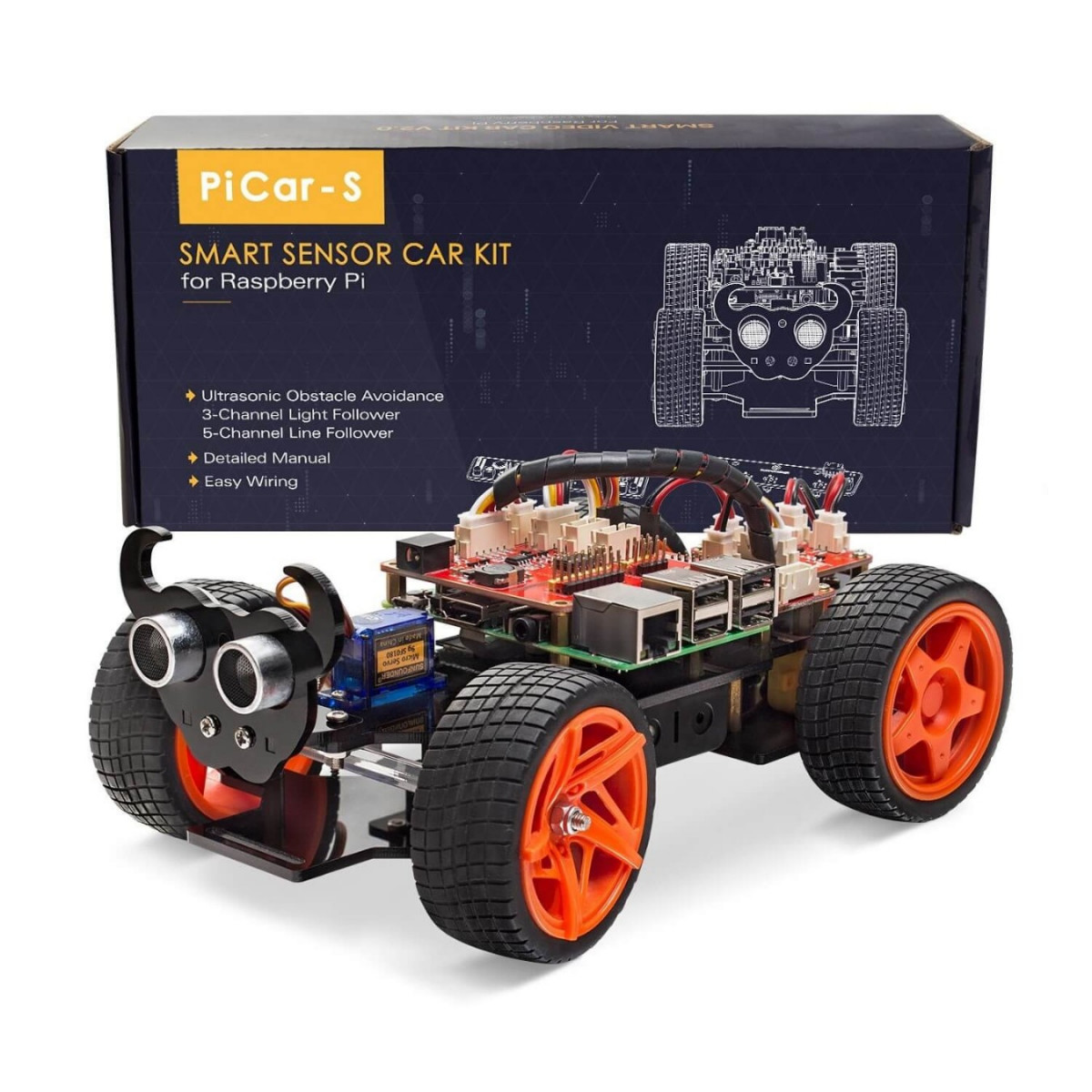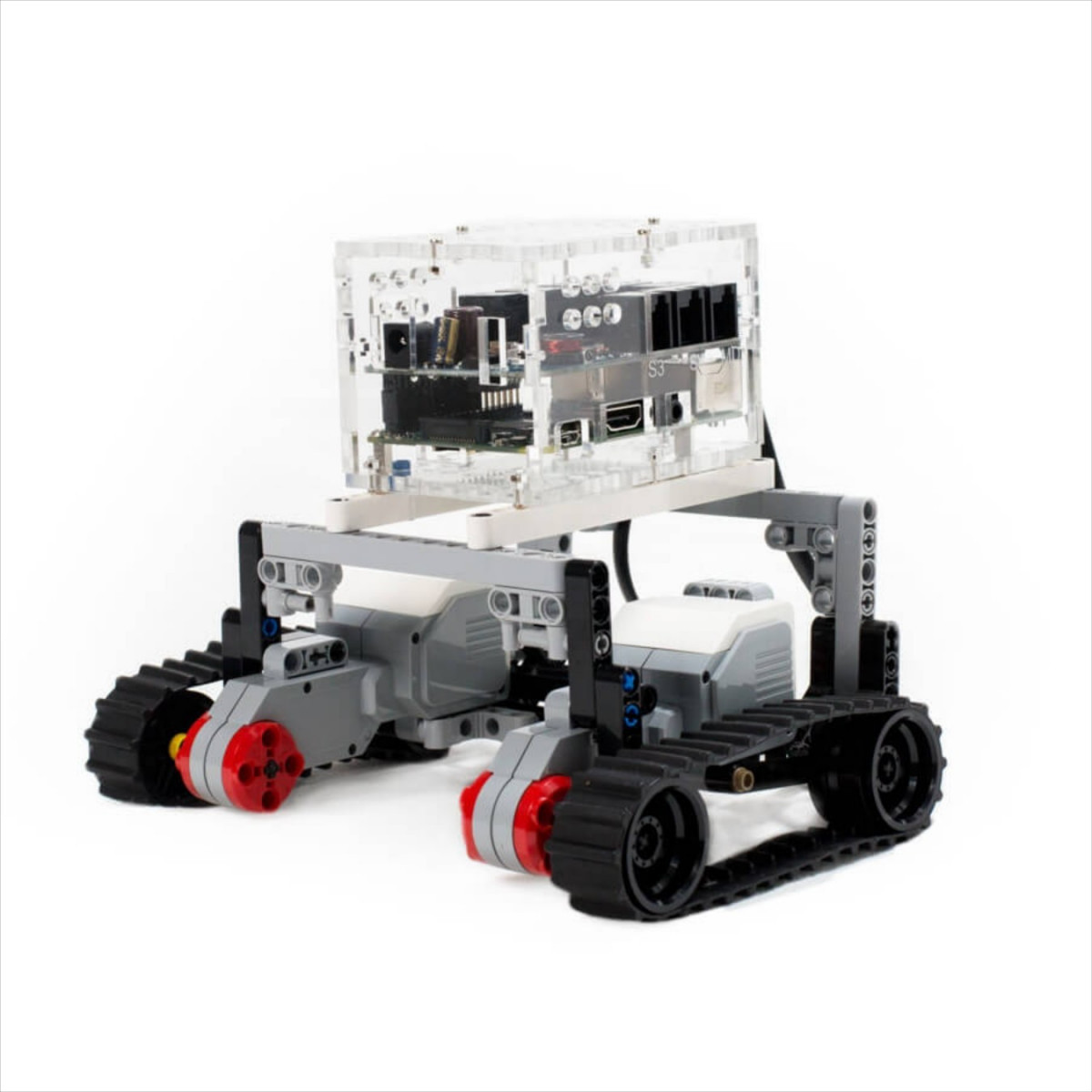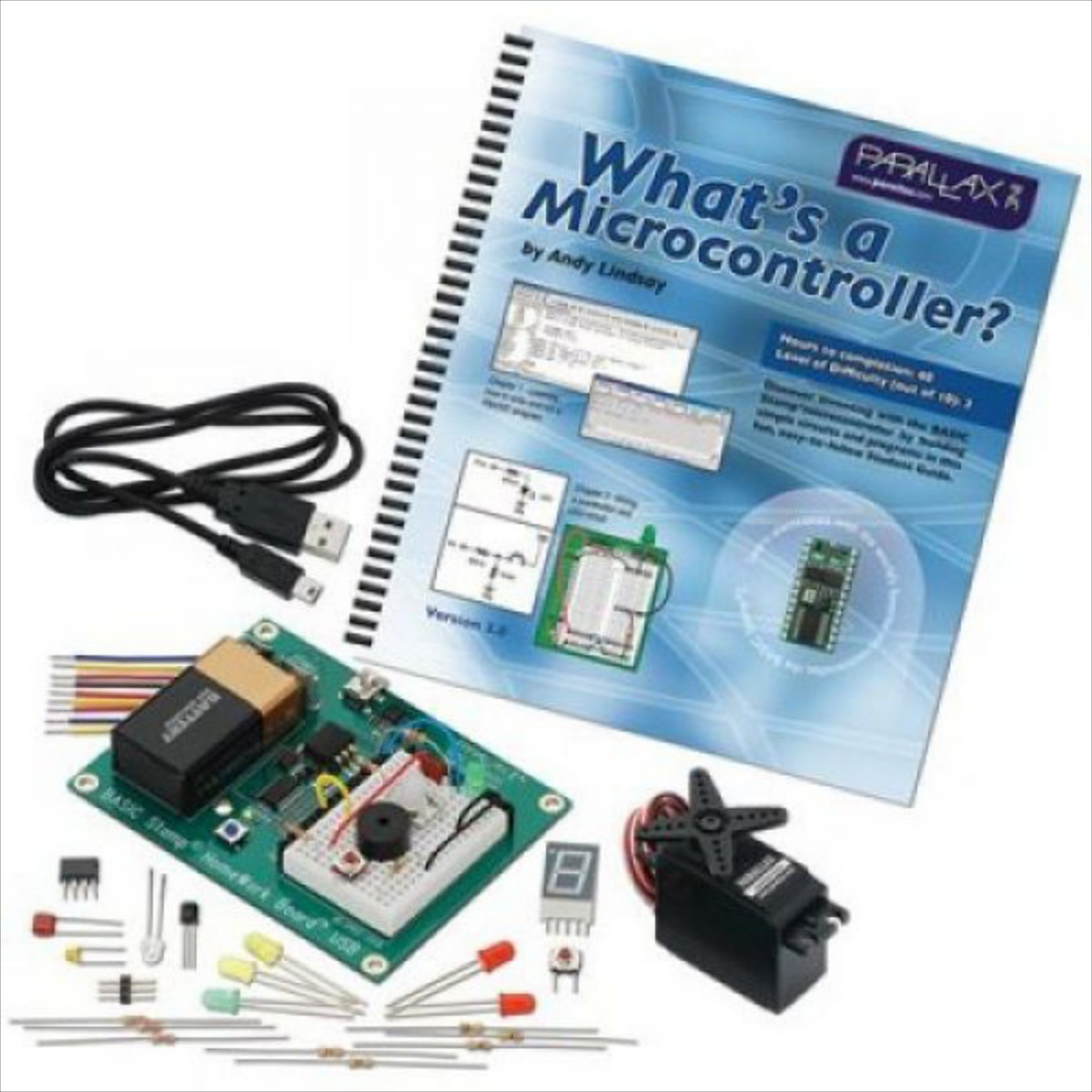Top Programming Languages to Learn for Robotics
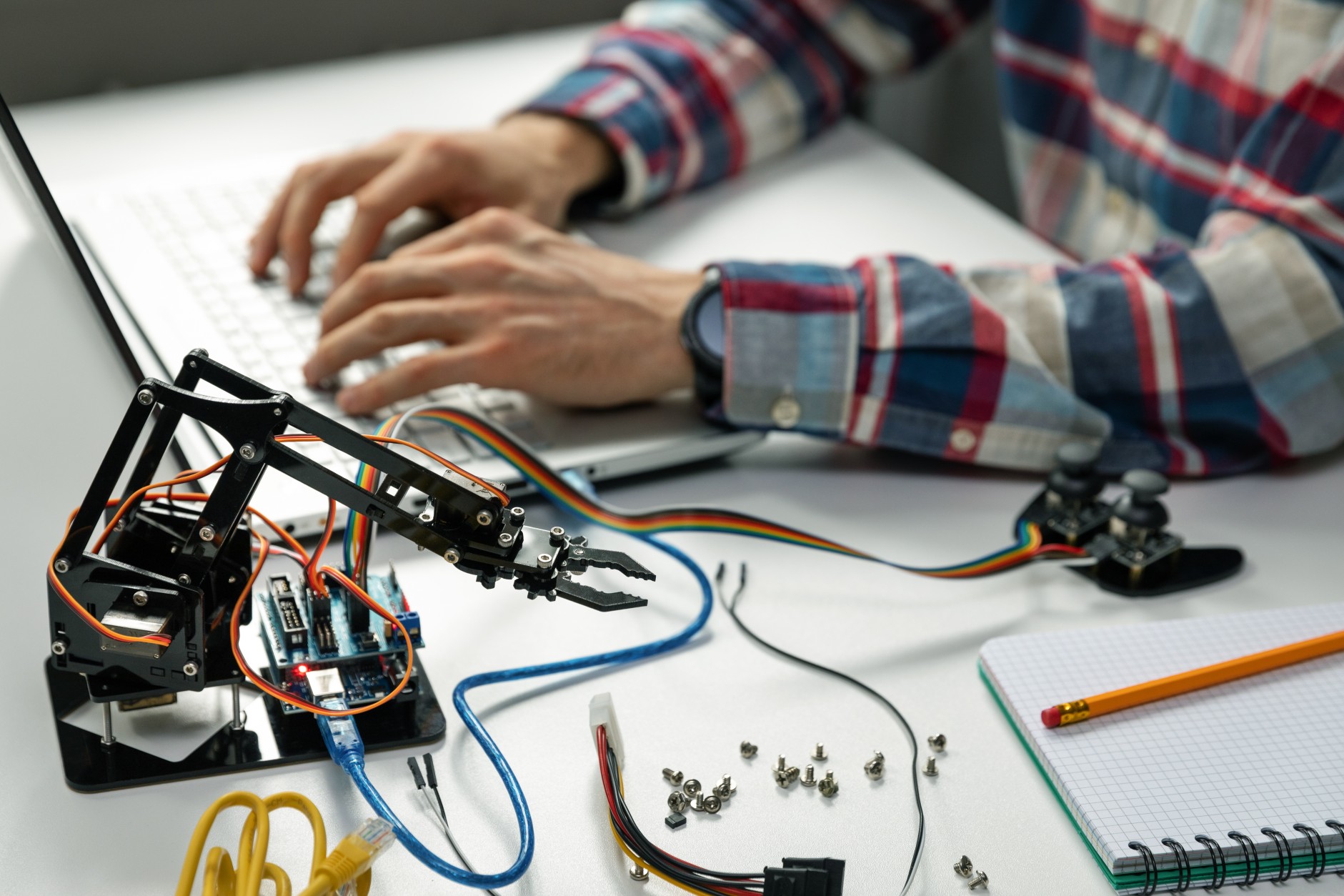
If you're interested in entering the exciting world of robotics, you might want to take a look at some of the best programming languages to learn.
Best 8 Languages for Programming Robots
Programming languages allow us to write algorithms to control the physical and logical behavior of computer devices, such as robots. Most of these are written in normal text and although object-oriented languages have the same types of data and structures, their syntax will vary from one to another.
That being said, here are some of the most popular programming languages for robotics:
C/C++
Robotics programming goes from low-level (motor and sensor control) all the way up to high-level (Computer Vision and Artificial Intelligence) and C/C++ are some of the few languages that stand out at all levels. C is a powerful general-purpose programming language used by most operating systems and C++ is a language that emerged as an extension to handle objects.
Today, people tend to use C++ more than C but, in general, C is used for systems-level programming while C++ is used for higher-level development. However, these are not as simple to use as, say, Python. It can take longer to implement the same functionality and many more lines of code, but as robotics is very dependent on real-time performance, C/C++ are worth the extra programming time.
It’s worth noting that Arduino microcontrollers (very popular among beginners) use a C-based language making them a great way to learn the basics of programming. Here are some great kits if you are looking to learn while doing hands-on robotics:
Python
Python is one of the most widely used programming languages today. It offers a simple and easy to understand syntax, and there are hundreds of libraries to do all kinds of things. In addition, Python, and C++, are the two main programming languages for ROS which is why lots of roboticists opt for it.
Python spares you the work of defining and casting variables and therefore saves you a lot of programming time. However, it’s an interpreted language so it isn’t the most suitable for projects that need real-time performance.
Either way, it’s an excellent option for beginners and with lots of robots supporting out-of-the-box Python (e.g. Raspberry Pi based robots like the SunFounder's PiCar-S Kit) we will most likely continue to see more of this language in robotics.
Java
Java is an object-oriented programming language that provides many of the high-level features needed to deal with robotics. Command-and-control recognition and speech synthesis can be achieved using the Speech API and the Media Framework can be used to obtain and process images.
Java masks the functionality of the underlying memory, which makes it easier to program than other languages but this also means that you will have less understanding of what is really going on in your code.
Like C# and MATLAB, Java is an interpreted language, which means that it is not compiled into machine code. Instead, the Java virtual machine interprets instructions at runtime, so Java can be used independently of the platform, like in these Raspbian-based robots:
C#/.NET
Microsoft, as a company that is always thinking about the future, has already made investments in robotics. Specifically, it has a tool called Microsoft Robotics Developer Studio which uses C# as its main language.
C# has quickly gained popularity and is now one of the most widely used programming languages in the manufacturing industry. However, software development is limited to Windows, so C# may not be the best choice for everyone.
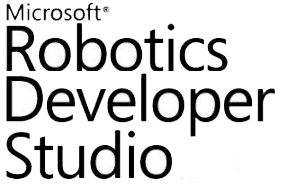
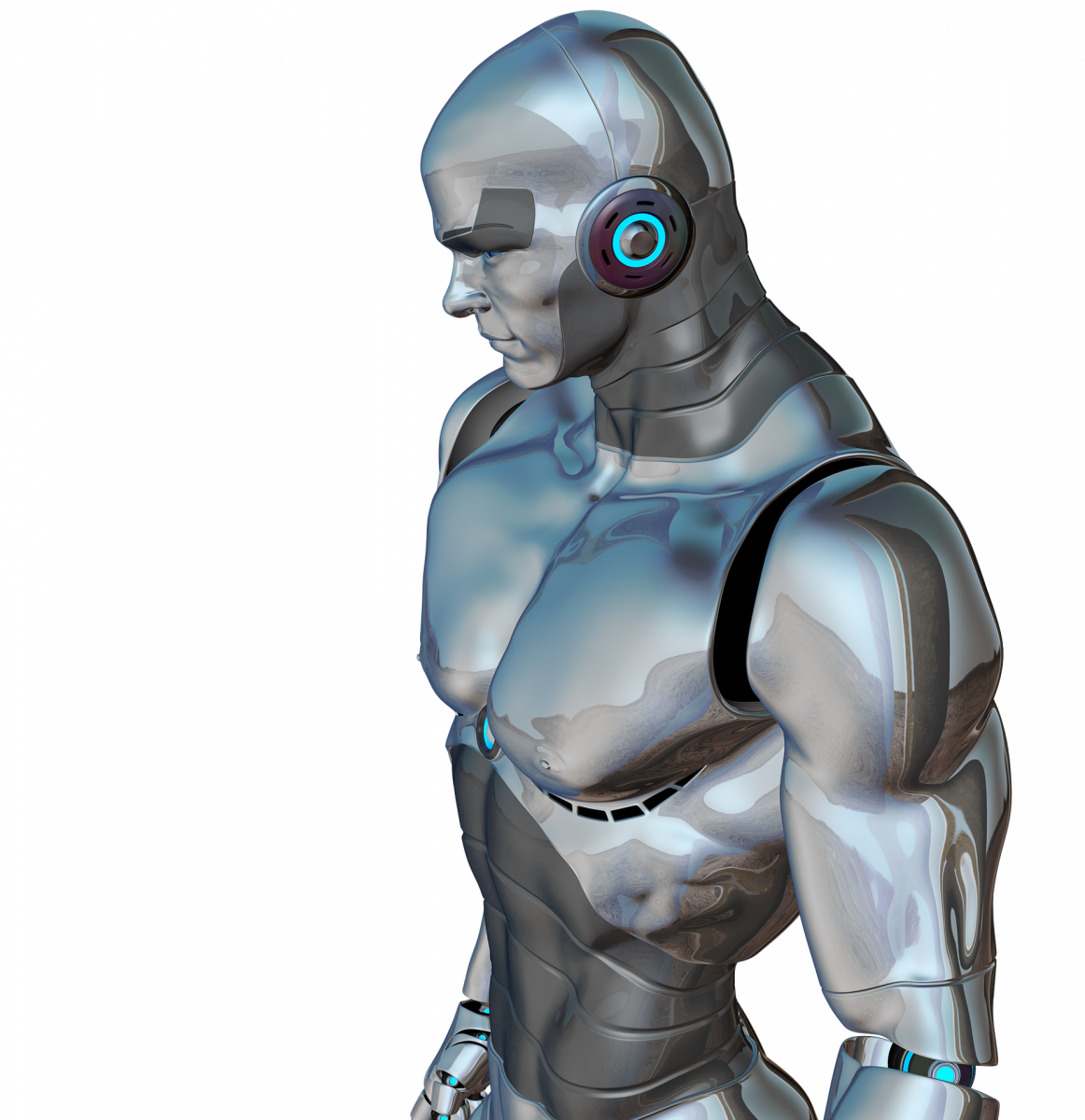
MATLAB (M)
MATLAB, short for Matrix Laboratory, is a numerical computing system that provides an IDE with its own programming language (M). It’s often used in universities and R&D centers to analyze data and create control systems in a user-friendly environment where problems and solutions are expressed mathematically.
It also interfaces well with other languages frequently used in robotics, such as those mentioned above. And it comes with a Robotics System Toolbox which supports functions for robot modeling and simulation.
Scratch
Scratch is a visual programming language that is aimed at users between 8 and 16 years old. The programming is achieved by dragging blocks and connecting them together which is perfect for beginners.
It's a language widely used in schools for STEM classes and in robotics clubs. And while no one is likely to write any industrial robotics programs in Scratch, it's a very easy to use tool for new programmers, which is why it's creating a path for many future robotics engineers.
If you are interested in learning it, lots of Makeblock robots use Scratch; and the most popular is definitely the mBot.
BASIC
BASIC, which stands for Beginners All-Purpose Symbolic Instruction Code, was one of the first programming languages that many robotics experts learned.
Nowadays this language is a bit outdated but it could be useful to learn it if you are planning on doing a lot of low-level programming or if you want to become familiar with other industrial robot languages. If you’d like to get into BASIC programming, Parallax and PICAXE offer some great kits.
Which Programming Language Should I Learn First?
Despite having so many options you do not need to master all of them but instead choose the one that best suits your interests, because once you properly learn a programming language, those skills will easily transfer to other aspects of programming, making it easier to learn others.
If you are a beginner and need to learn a programming language to get your robot moving, I would suggest choosing a language that allows you to develop programs quickly and easily. Writer’s advice: learn Python first, it is simple and powerful thanks to the many libraries available. Oh, and if you're under 16 years old and/or have never programmed before, a great option is Scratch because it allows you to visually program, which makes things so much easier!
On the other hand, if you are planning on pursuing a career in the field, lots of roboticists will agree that C/C++ are a must learn because many hardware libraries used in robotics use these which allows direct interaction with low-level hardware and makes it possible to achieve real-time performance.
Either way, if your favorite language isn’t on this list, please tell everyone about it in the comments!
Other Relevant Programming Languages for Robotics
- Lisp
- Prolog
- Pascal
- Hardware Description Languages (HDL)
- Assembly
Some Useful Links
Thanks for helping to keep our community civil!
This post is an advertisement, or vandalism. It is not useful or relevant to the current topic.
You flagged this as spam. Undo flag.Flag Post


